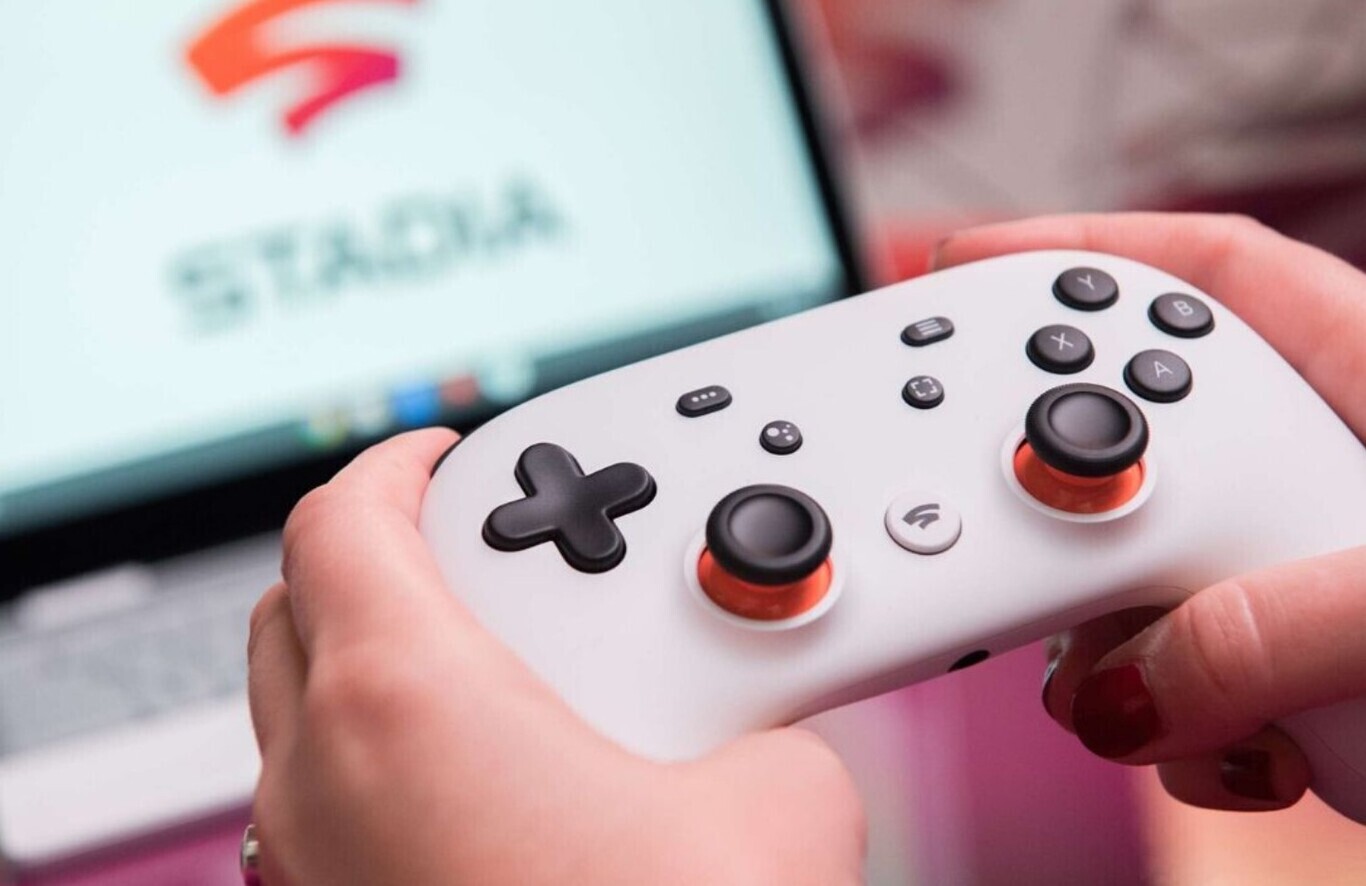One of the (many) things that the closure of Google Stadia is going to mean is that there will be many people who will be left with a controller that they can’t use for almost anything. Because yes, let’s remember that Google Stadia had a dedicated controller used to play games on TV and mobile. The problem is that, unfortunately, the controller was covered as standard.
Bluetooth, yes, but tiny. The Stadia Controller has a Bluetooth 4.2 connection. The problem is that it is limited to a series. It has been that way from the beginning. The control used the Bluetooth connection for the initial configuration of the service since the Stadia Controller was connected directly to the Google servers via WiFi. The idea with this was precisely to reduce latency when playing.
As a wired controller, it works. On the plus side, even though the controller’s Bluetooth connection is disabled, the Stadia Controller is designed as an HID device. In other words, you can connect it to the mobile via USB type C and use it as a remote control. Whether it works better or worse depends on which game is something else, but power, it can.
To play on a PC, there are options. It is possible to connect the Stadia controller to the PC via USB type C and use it in Steam games. The process is somewhat more tedious since you must manually map the buttons. If the platform or the game does not have controller support, you can always use a program like reWASD to emulate that it is another controller, remap buttons, etc.
On Android, it gets complicated. Although with the computer, in principle, there should be almost no problem, with Android, things change since you will need a USB C – USB C cable or, failing that, an adapter. The only way to use the Stadia Controller to play anything other than a Stadia game on an Android phone is through a wired connection.
On iOS, don’t even think about it. The iPhone doesn’t detect the controller even if you have a USB Type-C to Lightning cable. It doesn’t work, plain and simple. It cannot be connected in any way.
The solution. Unlock Bluetooth, of course. It is not something impossible. The limitation in the control file in the Google Store is expressly mentioned; the ad says d that the classic functionalities could be activated later. Is it possible? It’s possible. Will it happen? We will see.
Various advantages. Enabling Bluetooth would 1) reduce e-waste from service shutdowns and 2) give Stadia controllers a new lease of life. Not only could they be used for frictionless gaming on Android and iOS, but they could be connected to a Chromecast with Google TV to play GeForce Now, for example.


Comments are closed.